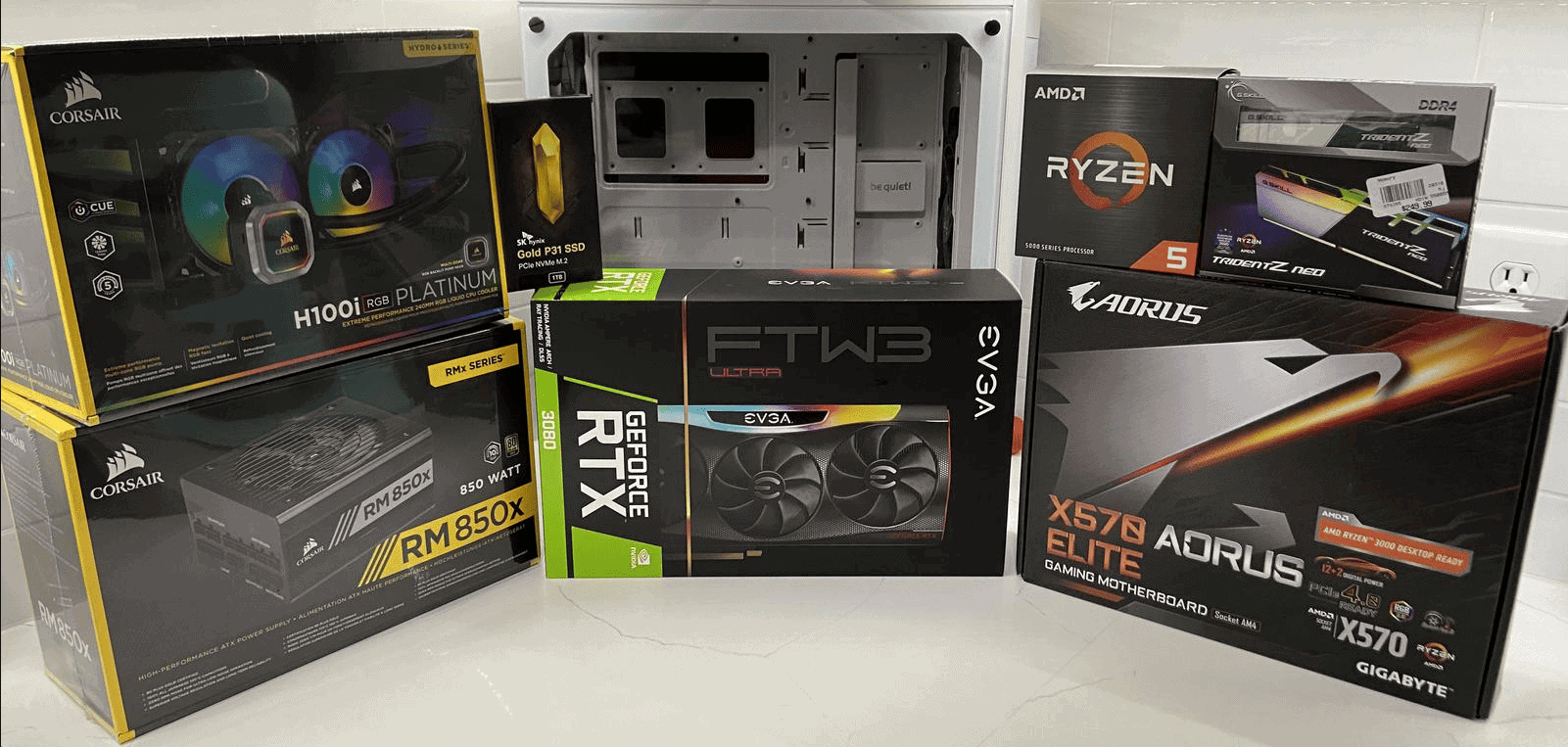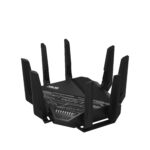Building a PC generally takes 2 to 4 hours. This time can change depending on several factors, like whether you use water cooling or custom mods, your skill level, and the type of parts you have. If everything goes well, from opening the boxes to starting the PC, it typically takes this long. This assumes all the parts fit together, are working properly, and that there are no major issues during the build.
The assembly process includes putting in the motherboard, CPU, RAM, storage, power supply, and other components into the case. Most builders usually finish this within 2 to 4 hours. If you are unsure about any steps, it is helpful to follow a guide or watch a video.
PC Build Time: Factors and Estimates
Building a PC can be a rewarding experience. It allows you to customize your system to your exact needs and preferences. But how long does it actually take to build a PC? The answer depends on several factors.
Factors Affecting Build Time
- Experience level: If you’re a first-time builder, it will naturally take longer than someone with experience.
- Complexity of the build: A basic build with standard components will be faster to assemble than a high-end build with custom water cooling or intricate cable management.
- Component choice: Some components, like CPU coolers or cases with tight spaces, can be more challenging to install.
- Preparation: Having all the necessary tools, a clean workspace, and organized components can significantly speed up the process.
Estimated Build Times
Here’s a general estimate of how long it might take to build a PC:
| Experience Level | Estimated Time | Notes |
|---|---|---|
| First-time builder | 2-4 hours | Expect to spend more time reading manuals and double-checking connections. |
| Some experience | 1-2 hours | You’ll be more familiar with the process and common pitfalls. |
| Experienced builder | 30-60 minutes | You can assemble a PC quickly and efficiently. |
Tips for a Faster Build
- Read the manuals: Familiarize yourself with the components and their installation instructions beforehand.
- Watch build guides: Numerous video tutorials on YouTube can provide visual guidance and helpful tips.
- Gather your tools: Have a screwdriver, anti-static wrist strap, zip ties, and other essential tools ready.
- Prepare your workspace: A clean and well-lit workspace can make the process smoother and more enjoyable.
- Take your time: Don’t rush. It’s better to work carefully and avoid mistakes than to have to troubleshoot problems later.
Troubleshooting Common PC Build Problems
Even with careful planning, you might encounter some issues during your PC build. Here are a few common problems and how to address them:
- PC won’t power on: Double-check all power connections, including the PSU switch and the connections to the motherboard and components.
- No display signal: Ensure the monitor is connected to the correct port on the graphics card (not the motherboard) and that the monitor is set to the correct input source.
- Boot errors: Check the boot order in the BIOS to make sure the correct drive is selected. Also, ensure the RAM is properly seated.
- Overheating: Monitor the CPU and GPU temperatures. Ensure proper cooler installation and adequate airflow in the case.
If you encounter persistent problems, online resources like forums and PC building communities can offer valuable assistance.
How Long To Build A PC – Time For Each Step
| Step | Estimated Time |
|---|---|
| Gathering components | 5 – 10 minutes |
| Unpacking and inspecting components | 5 – 10 minutes |
| Preparing the case | 5 – 10 minutes |
| Installing the CPU | 10 – 15 minutes |
| Installing the CPU cooler | 10 – 20 minutes |
| Installing the motherboard | 15 – 25 minutes |
| Installing the RAM | 5 – 10 minutes |
| Installing the storage drives | 5 – 10 minutes |
| Installing the graphics card | 5 – 15 minutes |
| Installing the power supply | 10 – 20 minutes |
| Connecting all the cables | 5 – 10 minutes |
| Installing the operating system | 20 – 30 minutes |
| Installing drivers and updates | 10 – 25 minutes |
| Testing the system | 10 – 30 minutes |
Total time: 2-4 hours
Please note: This is just an estimate, and the actual time may vary depending on your experience and the complexity of your build.
Understanding the Basics of PC Building
When building a PC, you choose and put together components like the motherboard, CPU, GPU, RAM, and storage inside a case. This hands-on process gives you control over your computer’s performance, appearance, and cost.
Time Factors in PC Assembly
- Experience Level
- Beginners: If you’re new to PC building, it might take you longer, around 2-4 hours. This is because you’ll be taking your time to read manuals, double-check connections, and possibly troubleshoot.
- Intermediate Builders: With a few builds under your belt, you can expect to spend about 1-2 hours. You’re familiar with the process but still cautious.
- Experts: Experienced builders can assemble a PC in as little as 30 minutes -1 hour, thanks to their familiarity with the components and process.
- Complexity of the Build
- Basic Builds: A simple build with fewer components (like those for office work or light gaming) can be quicker to assemble.
- Advanced Gaming/Workstation PCs: Builds with high-end components, custom cooling systems, or additional features like RGB lighting can add time to your build process.
- Preparation and Organization
- A well-organized workspace and having all your tools and components ready can significantly reduce build time.
Step-by-Step Process and Time Estimates
- Unboxing and Initial Setup (15-30 minutes): Unpack your components, organize them, and get your workspace ready.
- Installing the CPU (10-20 minutes): This is a delicate step, requiring care to avoid damaging the pins.
- Applying Thermal Paste and Installing the Cooler (10-20 minutes): If your cooler doesn’t have pre-applied thermal paste, you’ll need to apply it yourself.
- Installing RAM (5-10 minutes): This is usually straightforward; just align the sticks with the slots.
- Motherboard Installation (15-30 minutes): This involves carefully placing the motherboard in the case and securing it.
- Installing Storage Drives (15-30 minutes): Depending on the type of storage (HDD/SSD), this can be a quick or slightly time-consuming step.
- Power Supply Installation (10-20 minutes): Positioning and securing the power supply, followed by routing cables.
- Installing the GPU (10-20 minutes): This involves slotting in the graphics card and securing it.
- Wiring and Cable Management (30-60 minutes): Properly routing cables for aesthetics and airflow can be time-consuming.
- Final Checks and First Boot (10-20 minutes): Before closing up the case, double-check all connections and perform the initial boot-up to ensure everything is working.
Troubleshooting and Adjustments
- After assembly, you might spend additional time troubleshooting or making adjustments if everything doesn’t work perfectly on the first try.
Customization and Testing
- Customizing your PC with software, drivers, and performance tests can add extra time beyond the physical build.
FAQs
Is it normal for a first build to take a whole day?
Absolutely! Taking your time is key to a successful build, especially if it’s your first.
Can I speed up the process?
Familiarizing yourself with the components and process beforehand can make things quicker.
What’s the hardest part of building a PC?
This varies, but many find installing the CPU and motherboard to be particularly challenging.
Should I test components outside the case first?
Yes, it’s a good practice to do a ‘breadboard’ test to ensure components work before final assembly.
How can I avoid common mistakes?
Read the manuals, watch tutorial videos, and take your time.
Is it cheaper to build or buy a PC?
Building can often save money and allows for more customization.
What tools do I need?
Basic tools like screwdrivers are usually sufficient.
Can I reuse old PC parts?
Yes, if they are compatible with your new build.







